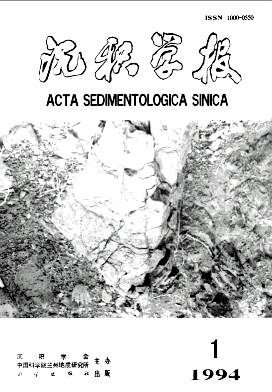鄂尔多斯盆地中部奥陶系顶盐溶作用及其储集孔隙成因
- Publish Date: 1994-03-10
Abstract:
盐溶作用使碳酸盐岩孔隙性增加,同时在古代碳酸岩中由于渗-潜流水对已成孔隙产生沉淀,在滞流区又可形成致密性岩性遮挡。石盐结晶发生在沉积期,是被溶蚀的沉积易溶母质。盐溶孔的大量发育形成于后表生成岩期。天然气产量和岩石的物性取决于盐溶孔的开启程度。充填程度差异在区域上可导致储层孔隙空间的差异性和非均质性,正是由于岩石的这一自身“亏空”和“补偿”形成了区域上成岩圈闭或岩性遮挡。
| Citation: | Zhang Shaoping. 鄂尔多斯盆地中部奥陶系顶盐溶作用及其储集孔隙成因[J]. Acta Sedimentologica Sinica, 1994, 12(1): 72-80. |






 DownLoad:
DownLoad: